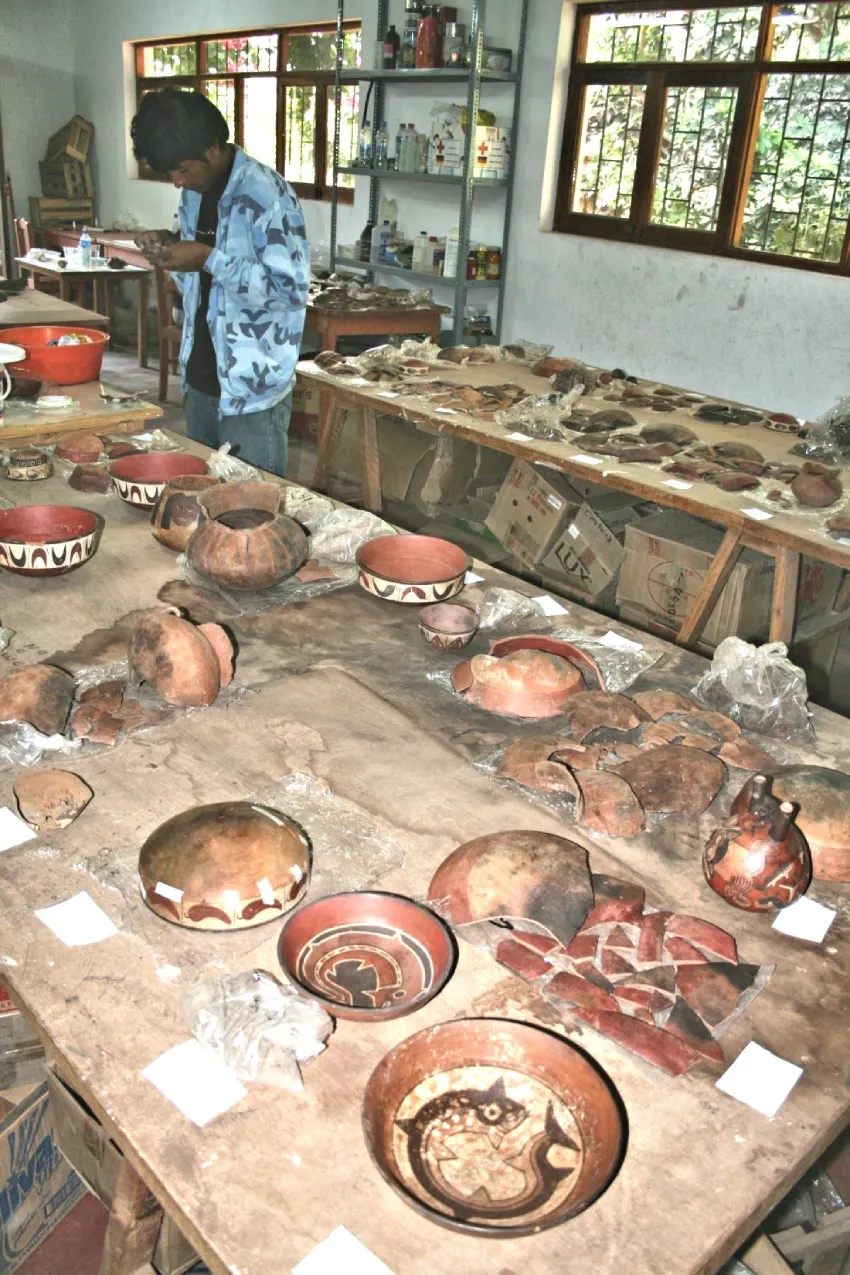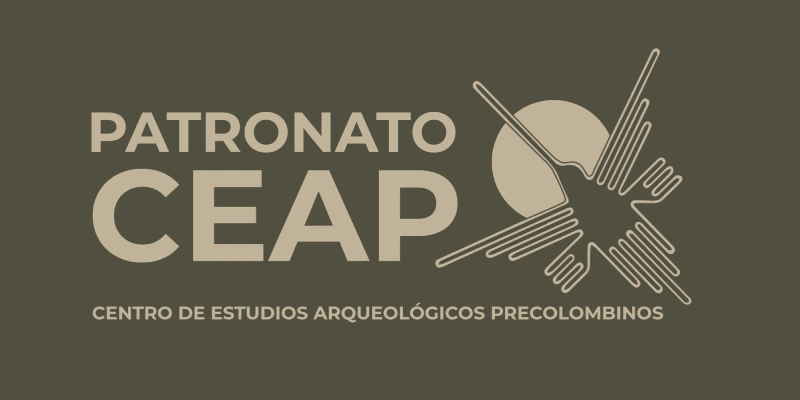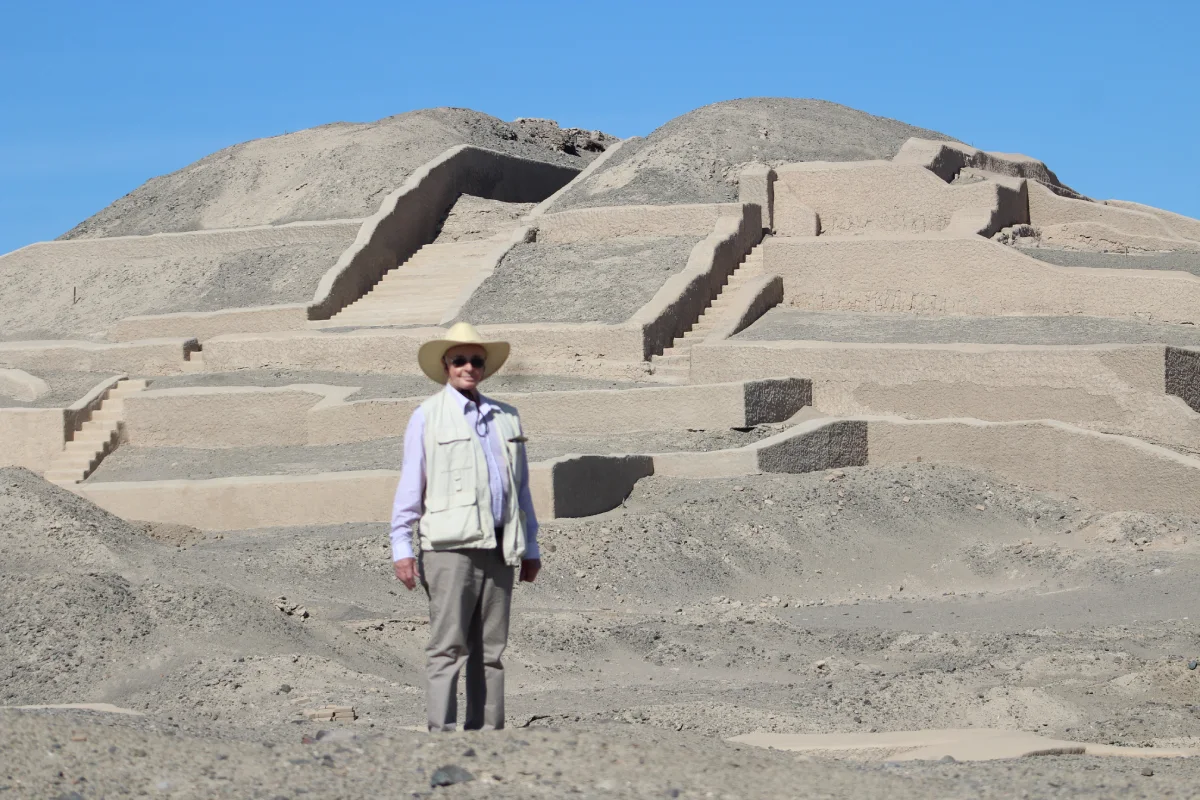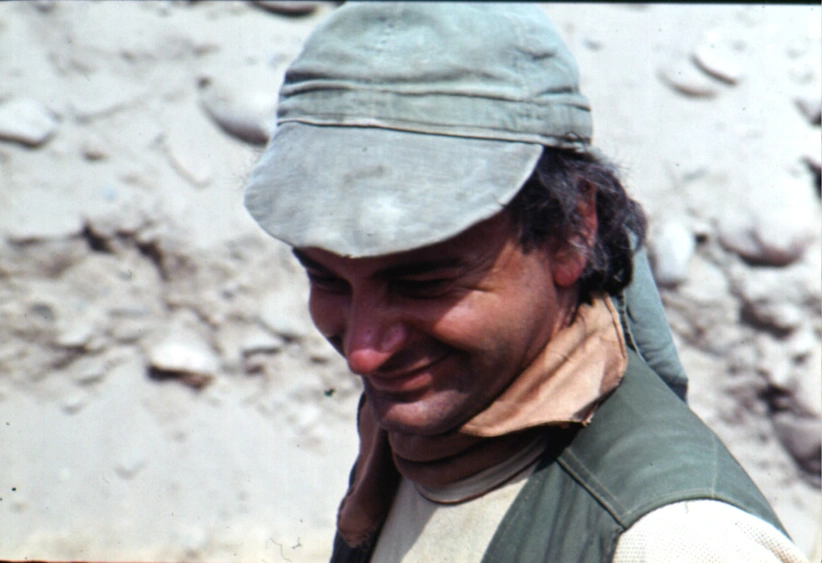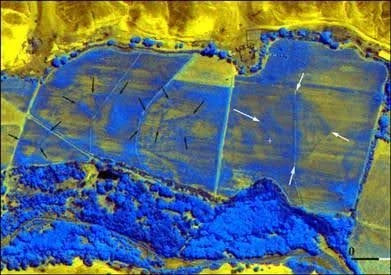The Didactic Museum Antonini houses marvelous ceramic pieces that are miniature models of the pyramids of Cahuachi or of dwellings, whistles that emit sound waves perceptible only to certain animals, textiles of extraordinary aesthetic quality, musical instruments, ornaments, various utensils, and many other artifacts that allow us to glimpse a conceptual and human universe of great refinement.

Although the Peruvian state itself has not provided funding for projects related to Cahuachi, the decision of Mayor Aroldo Corzo Catalán in the 1990s to grant the land where the Didactic Museum Antonini now stands was a significant gesture of support. This also made it possible to recover and protect an important pre-Inca aqueduct. The land was extensive enough not only for the museum but also for accommodations, halls and work areas, laboratories, an auditorium, and an open-air archaeological park covering 1,600 square meters. In this park, visitors can see reconstructions of tombs with imitations of burials and their funerary offerings, reproductions of rock paintings, and a model of the enormous geoglyphs in the Nazca desert. The center provides all the necessary services so that experts and workers can carry out their tasks properly in an interdisciplinary effort that proved to be highly fruitful.
“… it was another one of my crazy ideas, a 4,500-square-meter center in Nasca. I was thinking about what could be useful for young Peruvians. From the beginning, it was like a big family where specialists and students all lived together in the same place, so they could share not only information and knowledge but also life experiences, which, from my point of view, is even more important. Unfortunately, during the COVID era, we had to stop everything, it was impossible to travel to Peru, and later I faced health problems, but for many years things worked very well.”
If we add the rescue work in the citadel itself and consider the precarious conditions in which Giuseppe began his work, we can see that the results stem from unwavering determination, able to withstand thefts, kidnappings, unfeeling bureaucrats, threatening letters, and various assaults.
This is no exaggeration: Giuseppe himself, in very fragile health, against the advice of those around him who care for him, directed in the field (December 2024 to January 2025) the most recent excavation campaign in Cahuachi.
The materials and ingredients used for restoration must be carefully designed with the harsh climatic and environmental conditions of the site in mind. It would make little sense to recover walls, staircases, and spaces only for them to last a few months or years. However, all of this is carried out under strict respect and care for the structures and their original appearance.

